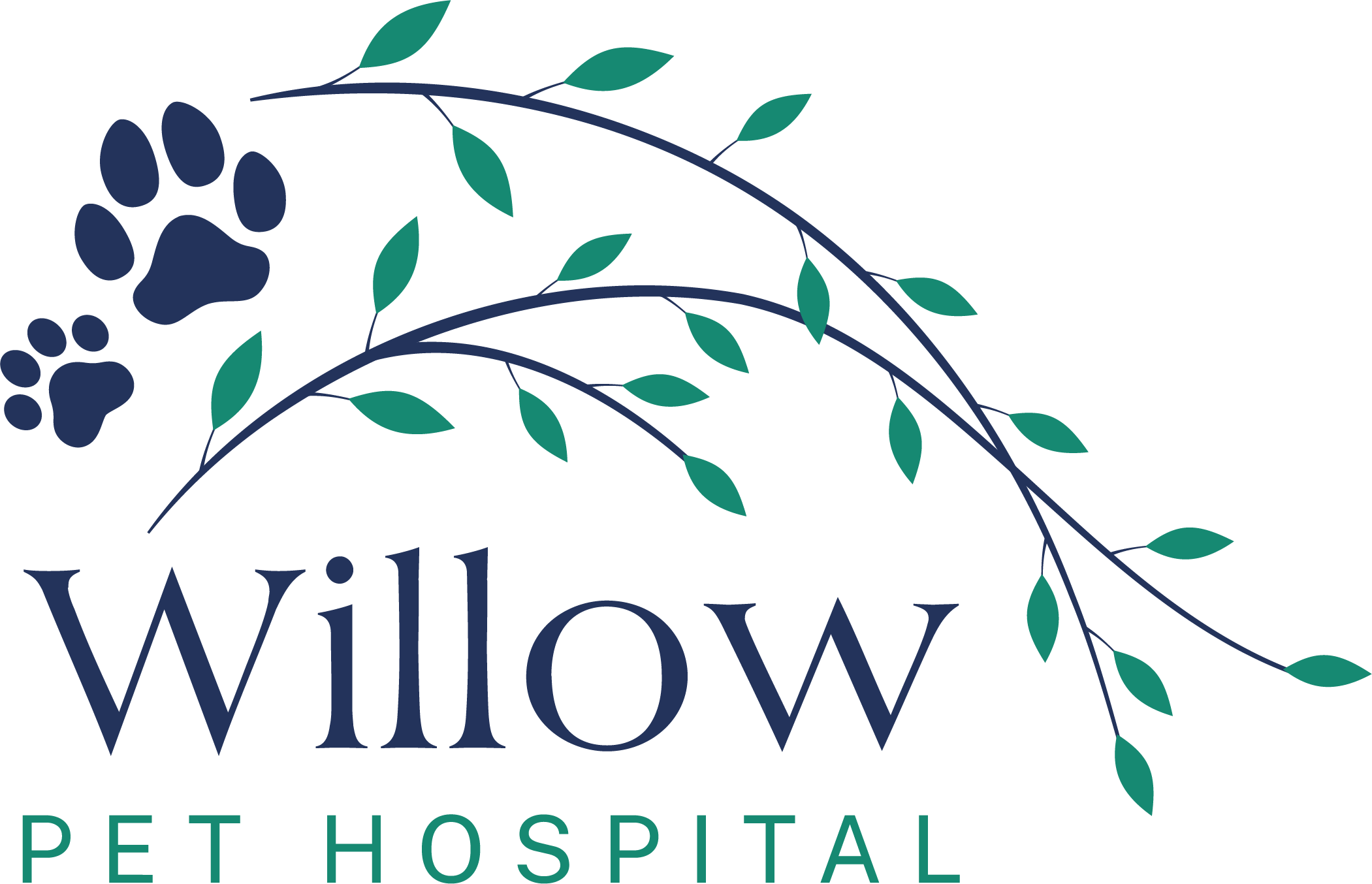Willow Pet Hospital’s anesthesia safety protocol is designed to minimize risks associated with anesthesia. This protocol is based on the latest modern recommendation of board certified veterinary anesthesiologist and consistent with the American Animal Hospital Association (AAHA) standards. The major key components to our safety protocol include the following:
Pre-anesthetic blood tests
At Willow Pet Hospital, every patient going under general anesthesia and having major surgery has pre-surgical blood work. Blood work includes a chemistry profile to evaluate kidney and liver values,
blood glucose and blood protein values. Healthy kidneys and liver are important in metabolizing anesthetic drugs and maintaining blood pressure. Complications during surgery and after surgery can be avoided by this simple test.
The second test that is performed is called a complete blood cell count (CBC). This test evaluates the number of blood cells in circulation. This includes; white blood cells which are involved with inflammation and infection, red blood cells which carry oxygen throughout the body and platelets that are critical for clotting blood. It is important that we know that the patient has adequate red blood cells and platelets before major surgery. Uncontrolled bleeding can quickly become life threatening.
Clients often ask why a young pet needs bloodwork. There have been numerous circumstances where we have revealed unknown liver or kidney issues, infections, low red blood cells or low platelets that may have been life threatening to the patient.
Intravenous (IV) Catheter
An IV Catheter is placed in all pets going under general anesthesia. This step is critical for safety. It is a sterile, plastic indwelling needle that is temporarily placed into the pet’s leg. This
catheter allows us to administer IV fluids during the procedure which helps regulate blood pressure and replenishes fluids lost from dehydration due to gas anesthesia. This is especially important for your pet’s kidneys as they are especially sensitive
to low blood pressure and can be damaged if blood pressure is not maintained.
Placing the catheter before surgery also allows us immediate access for potential lifesaving drugs if they are needed.
Monitoring
During anesthesia there is a trained veterinary technician dedicated to monitoring your pet. Their only job is making sure your pet is doing well under anesthesia. At our hospital, we monitor heart rate, respiratory
rate, blood pressure, electrocardiogram (EKG), oxygen saturation of the blood, temperature, depth of anesthesia, mucous membrane color and capillary refill time. All values are recorded on an anesthesia record that is permanently in the pet’s record.
Patient specific drug protocols designed for your specific pet’s needs.
We have specific protocols for cats and dogs based on weight. We also modify our protocols when we are dealing with a pet that has certain conditions including
heart disease, kidney disease, liver disease and diabetes.
Gas anesthesia with intubation
Gas anesthesia is a critical component to safe anesthesia. There are two forms of anesthesia – injectable medications and gas inhalant anesthesia. Here we use a multi-modal approach to get the
benefits of several drugs to provide the safest experience for the pet.
Low doses of injectable medications are given before the procedure to reduce stress, anxiety, pain and provide mild sedation. This allows us to place an IV catheter with the pet being comfortable. Then an additional medication is added to “induce” the pet for general anesthesia. This is a very short acting drug that makes the pet fall asleep allowing us to place an endotracheal tube.
The endotracheal tube maintains an airway for the pet which allows us to deliver gas anesthesia and oxygen. With gas anesthesia, in an emergency, we can turn off the anesthesia and the effects of the gas will quickly dissipate from the pet. Some injectable medications are not reversible so stopping the effects of them are not possible. Using gas anesthesia gives us better control of the depth of anesthesia and means we can give less injectable medication.
For dentistry, intubation provides another added step in safety because the tube has a small inflatable cuff that blocks gas from coming out around the side of the tube, but also prevents debris and vaporized bacteria from entering the lungs while scaling and extracting teeth.
Important questions to ask
When shopping or comparing prices for surgery such as spay, neuter and dentistry these are some important questions to ask a veterinarian before making that decision:
• Is pre-anesthetic blood
work part of the surgery package price? Is it offered? If so, why is it optional?
• Do you place an IV catheter prior to surgery?
• Is someone dedicated to monitoring my pet during anesthesia? If so, do you keep an anesthetic record of
that monitoring as part of my pet’s permanent medical record?
• Do you use gas anesthesia? Is my pet intubated?
• Does my pet get pain medication before, during and after surgery in the hospital and do you send pain medication home for
additional support?
At Willow Pet Hospital we are happy to give any interested client a tour of the hospital’s surgery and treatment areas. We want our client’s to feel comfortable that their pet is being well taken care of when in our care.
